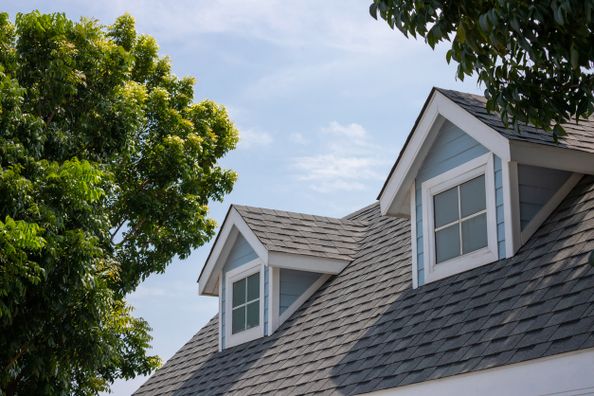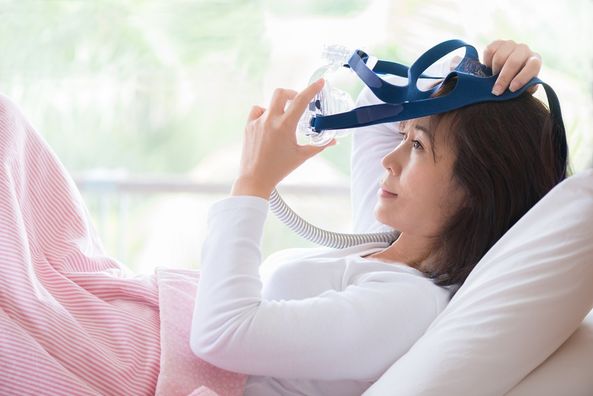You may have heard about radon gas before, but what a lot of people don’t know is that high levels of radon are hazardous to your health. Radon exposure is the second leading cause of lung cancer in the United States and because you can’t see or smell radon gas, it’s important to understand your risk to radon exposure and what it could mean for your health.
What is radon and how do I know if I’ve been exposed?
Radon is an invisible, odorless, tasteless radioactive gas. It is caused by the decay of uranium that occurs naturally in the ground and seeps up through the soil diffusing into the air and water.
Radon is present both outdoors and indoors. Usually, very low levels are found in outdoor areas and in drinking water pulled from rivers and lakes. For most people, exposure to higher levels of radon are typically found inside your home and from well water.
Since you can’t see or smell radon, many people have high levels in their homes without even knowing. In fact, the Environmental Protection Agency (EPA) estimates that one out of every 15 homes in the United States has elevated radon levels. Testing is the only way to determine if levels are elevated and the EPA recommends testing each level below the third floor in all homes both old and newly built.
Tests are relatively easy to use, cost effective to do yourself and available at most local home improvement stores. You can also hire a professional to test the radon levels in your home. The EPA recommends taking steps to lower your radon levels if the results are 4.0 pCi/L or higher. If you have had your home tested and the radon levels exceed 4.0 pCi/L, then you should hire a licensed radon contractor to install a radon mitigation system that will considerably lower your risk for radon exposure.
How does radon affect my health?
While decaying, radon gives off tiny radioactive particles. When inhaled, these particles will lodge themselves in your alveoli, which are tiny air sacs in your lungs. Radon gas molecules can also attach themselves to small dust particles which can reach deep into your lungs. Over time, these radioactive particles can damage the cells that line your lungs. This damage, along with long-term exposure to radon, can increase your risk of developing lung cancer. The risk is higher for people who have lived in a radon-contaminated house for many years. Radon is the second leading cause of lung cancer with scientists estimating about 21,000 radon related lung cancer deaths in the United States per year.
For smokers, the combination of smoking and exposure to radon creates an even greater risk for lung cancer than exposure to either factor alone, which is why most radon-related lung cancer deaths occur among smokers. Radon is also the number one cause of lung cancer in non-smokers.
There are currently no widely available medical screenings to test for radon exposure. If you feel that you have been exposed to high levels of radon for an extended period, schedule an appointment with a Duly Health and Care pulmonologist. A wellness check may be needed to ensure your health has not been impacted by the radon exposure.
Health Topics:







